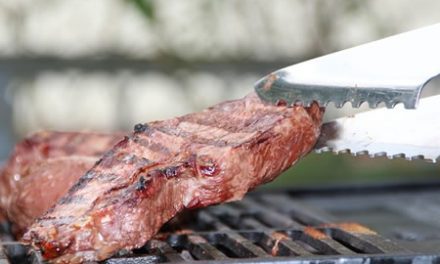Artichoke's nutty flavor and meaty texture make it a favorite vegetable of many Americans whether cooked or raw, hot or cold, savored alone or with other ingredients in salads or cooked dishes.
Native to the Mediterranean region, artichokes were introduced to this country by French settlers in Louisiana and by the Spanish in California. Today, virtually all commercially grown domestic artichokes are produced in California, where their cultivation was firmly established a century ago by Italian immigrants.
Low in calories and fat-free, artichokes are a good source of dietary fiber and nutrients including vitamin C, folate and magnesium.
When selecting artichokes, choose those with an even green color and avoid any that are wilted, moldy or dried out. Ranging in size from baby to jumbo, all artichokes are mature when picked.
Small artichokes are ideal for appetizers or entrees and, when properly trimmed, every part is edible. Medium-sized artichokes are best sliced and stir-fried, or stuffed with a favorite hot or cold filling. Large artichokes are delicious as a stuffed entr�e or as an appetizer with a low-fat dip.
Don't be put off by the artichoke's thistle thorns and intimidating appearance. Just break off and discard the outer leaves. Trim away the inner, tender leaves and reserve for another use our focus for now is the artichoke heart. Scrape up the thicket of fuzz beneath the leaf stems, called the choke, which will come out in small pieces. Beneath the choke is the prize the meaty bottom, or heart.
Exposed to the air, cut raw artichoke turns dark, but this discoloration can be minimized if the heart is immediately dipped in a mixture of water and vinegar or lemon juice.
The raw artichoke heart can be sliced paper-thin and added to a salad, but artichoke hearts work especially well in simple rice dishes, especially those made with the short-grained rice used to prepare Italian risotto.
AICR










